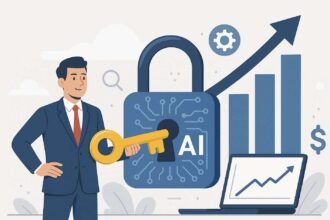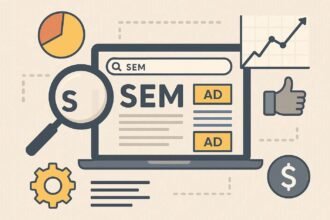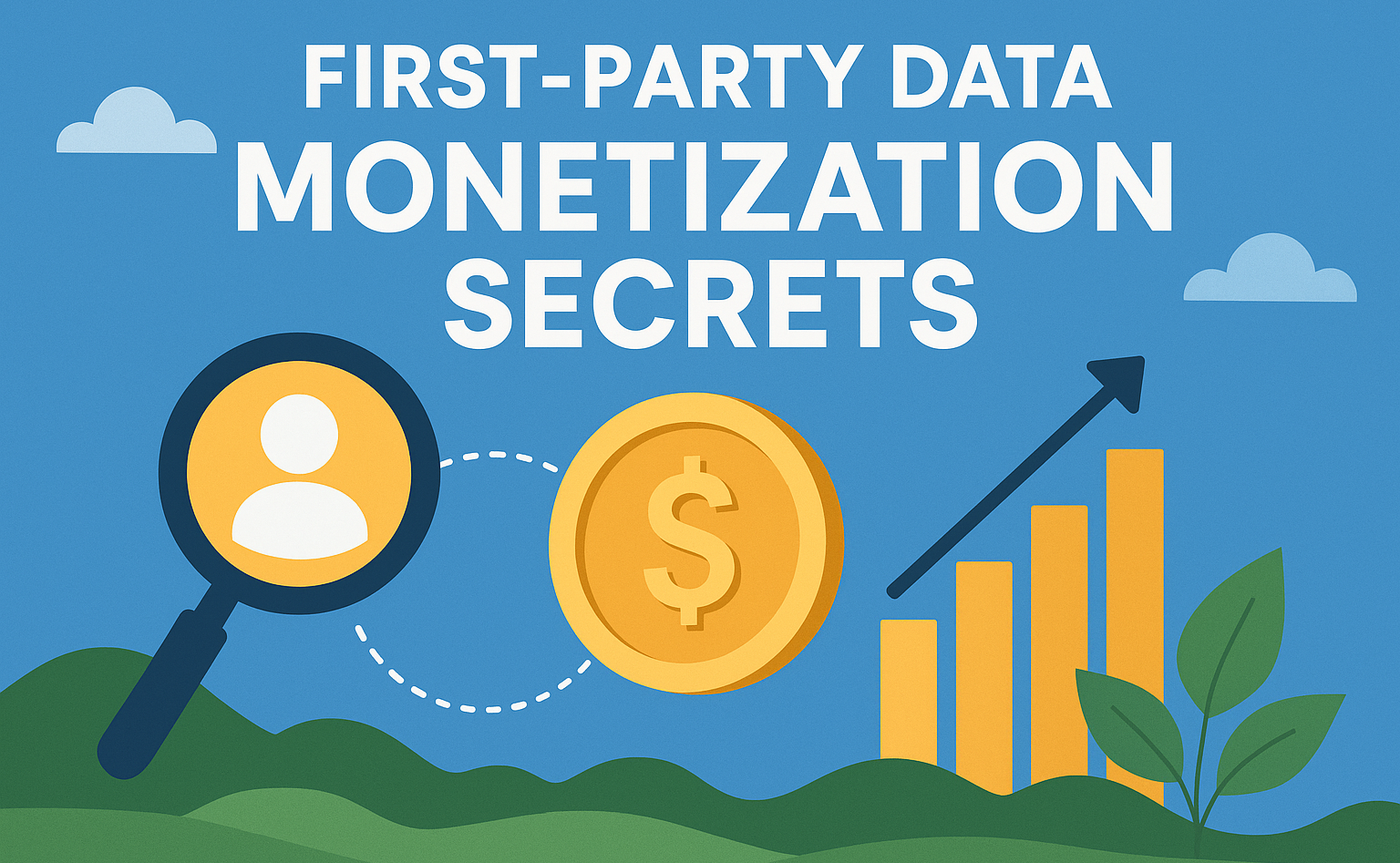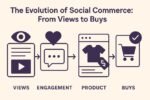The saying “the customer is always right” doesn’t really fit with how business works today. It’s no longer enough to wait for customers to tell you what they want. You need to know what they’ll need, want, and do before they do.
That’s when AI, or artificial intelligence, comes in. AI used to be a futuristic idea, but now it’s one of the most powerful tools that is changing how businesses interact with customers from reactive to proactive.
From Guesswork to Real Knowledge
Businesses used to use surveys, focus groups, and past sales reports to learn about their customers. These methods were helpful, but:
- Slow – feedback didn’t keep up with what people were doing
- Expensive – research took time and money
- Looking back, it was more about “what happened” than “what’s next.”
The game changes with AI. AI finds hidden patterns by looking at huge, diverse datasets, such as clicks, social media comments, purchase history, and customer service logs. This lets businesses guess what customers will do with surprising accuracy:
- Who is most likely to leave?
- What will they get next?
- What will they do when a new campaign starts?
The Most Important Parts of Predictive AI
1. Big Data: The Fuel
Customers leave digital footprints all over the place. AI turns all of this data into useful information. Some important kinds of data are:
| Data Type | Example Sources | What It Shows |
|---|---|---|
| Transactional | History of purchases, returns, and the average value of an order | Patterns of buying and signs of loyalty |
| Web | Clicks, app usage, and search queries | Demographic: Goals, interests, and how you use the internet |
| Psychographic | Reviews, social media posts | Values, why people do things, and things that make them feel strong emotions |
| Interaction | Comments on social media, chat logs, and emails | How happy or frustrated you are |
2. Machine Learning: The Engine
Machine Learning (ML) models learn and change on their own, without being told to do so. Three main ways to make customer predictions are:
- Supervised Learning – Can guess churn, lifetime value, or the chance of a purchase.
- Unsupervised Learning – Finds hidden groups, like “bargain hunters” and “premium buyers.”
- Reinforcement Learning – Helps you make better choices, like pricing in real time or suggesting products.
How Predictive AI Works in the Real World
AI isn’t just a theory. It has a direct, measurable effect on business:
- Recommendations Just for You – Netflix, Amazon, and Spotify all suggest content and products based on how you behave. Increases sales and engagement.
- Predicting Churn and Keeping Customers – Recognizes warning signs, such as less activity and bad interactions. Allows timely offers or personalized contact.
- Pricing that Changes – Changes prices based on demand, competition, or past purchases by customers. Used a lot by hotels, airlines, and ride-sharing services.
- Targeted Marketing Campaigns – Tells you which groups of customers will respond to certain messages. Increases ROI of ads and cuts down on wasted spending.
- Finding Fraud – Finds strange patterns in transactions. Keeps both businesses and customers safe.
- Forecasting Inventory and Demand – Uses seasonality and campaign data to guess how many people will want a product. Stops having too much or too little stock.
Making a Predictive AI System
For companies, the path to using predictive AI is clear:
- What is the business goal? – Are you trying to guess churn, demand, or the success of a campaign?
- Collect and combine data – Gather data from different sources (CRM, e-commerce, social).
- Clean and prepare data – Remove duplicates, fill in gaps, and add useful features.
- Pick and Train the Model – Choose ML models based on the type of problem.
- Deploy and integrate AI insights – Use insights in sales, marketing, or operations systems.
- Monitor and Improve – Keep retraining models as customer behavior changes.
Problems and Morality
With great power to predict comes great responsibility:
- Data Privacy – Customers want to know exactly how their data is used.
- Bias in AI – Predictions that are unfair or wrong can happen when data is bad.
- Trust – Personalization should feel helpful, not intrusive.
The Road Ahead
In the future, AI won’t just guess what customers will do; it will also tell you why. New technologies like Generative AI will make marketing messages and content that are very personal and can be sent to a lot of people. This will make it hard to tell the difference between human touch and machine intelligence.
Conclusion: A New Age of Knowing Customers
AI has changed the way businesses interact with customers, not just made them more efficient. Companies can now do the following instead of reacting to the past:
- Think about what you might need in the future
- Make experiences unique on a large scale
- Build loyalty by engaging at the right time and with the right content
Companies that use predictive AI will not only do better than their competitors, but they will also change what it means to be customer-focused.
👉 In short, the future isn’t about trying to guess what customers want. It’s about knowing them before they know who they are.












